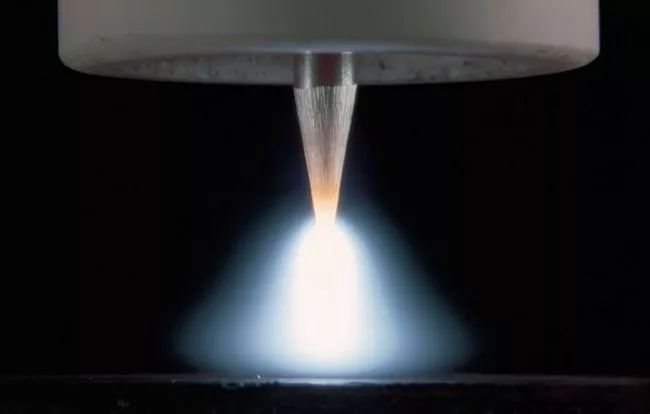In production practice, alternating current is generally used when welding aluminum, magnesium and their alloys, so that in the process of alternating current welding, when the workpiece is the cathode, it can remove the oxide film, which can remove the oxide film formed on the surface of the molten pool; tungsten is extremely When the cathode is used, the tungsten electrode can be cooled, and at the same time, enough electrons can be emitted, which is conducive to the stability of the arc, so that both can be taken into account, and the welding process can proceed smoothly.
However, when using AC power, the following problems also arise: First, it will generate a DC component, which is harmful; second, the AC power passes through the zero point 100 times per second, and arc stabilization measures must be taken.

The following mainly introduces the generation and elimination of the DC component.
In the case of AC arc, due to the differences in the electrical and thermal physical properties and geometric dimensions of the electrode and the base metal, the arc column conductivity, electric field intensity and arc voltage in the two half cycles of the AC current are asymmetrical, making the arc current Also not symmetrical. In the half cycle of the tungsten pole cathode, the conductivity of the arc column is high, the electric field intensity is small, the arc voltage is low and the current is large; in the half cycle when the base metal is the cathode, the situation is just the opposite, the arc voltage is high and the current is small. Due to the asymmetry of the current in the two half cycles, the current of the AC arc can be regarded as composed of two parts, one is the AC current, and the other is the DC current superimposed on the AC part, and the latter is the DC component. The phenomenon that the DC component is generated in the AC arc is called the rectification effect of tungsten AC argon arc welding. This rectification effect not only exists during AC TIG welding of aluminum, but also occurs when the physical properties of the two electrode materials are quite different. This problem also exists when welding alloys such as copper and magnesium with AC. Even when the same material is used for AC welding, due to the difference between the electrode and workpiece geometry and heat dissipation conditions, there will be a DC component, but the value is very small and does not affect the normal operation of the equipment.
Xinfa argon arc welding has excellent quality and strong durability, for details, please check: https://www.xinfatools.com/tig-torches/
If the electrical and thermophysical properties of the base metal and the electrode are different, the above-mentioned asymmetry will be more serious, and the DC component will be larger. On the contrary, the electrical and thermophysical properties of the base metal and the electrode are not much different, and the difference in heat dissipation between the two is only caused by the different geometric dimensions, and the rectification effect is not obvious. For example, in MIG welding, the welding wire and the workpiece are usually made of the same material, so the above-mentioned asymmetry is not obvious, and the small DC component can be ignored.
The direction of the DC component is the same as the current direction in the half cycle of the tungsten pole cathode, flowing from the base material to the tungsten pole, which is equivalent to a positive DC power supply in the circuit during welding. Due to the existence of the DC component, firstly, the removal of the oxide film by the cathode will be weakened, and secondly, a part of the DC magnetic flux will be generated in the iron core of the welding transformer, and this part of the DC magnetic flux will be superimposed on the original alternating magnetic flux, making the iron The core may reach magnetic saturation in one direction, resulting in a large increase in transformer excitation current. In this way, on the one hand, the iron loss and copper loss of the transformer will increase, the efficiency will decrease, and the temperature rise will increase; on the other hand, the waveform of the welding current will be seriously distorted, and the power factor will be reduced. These will have adverse effects on the stable combustion of the arc.
Post time: May-08-2023



